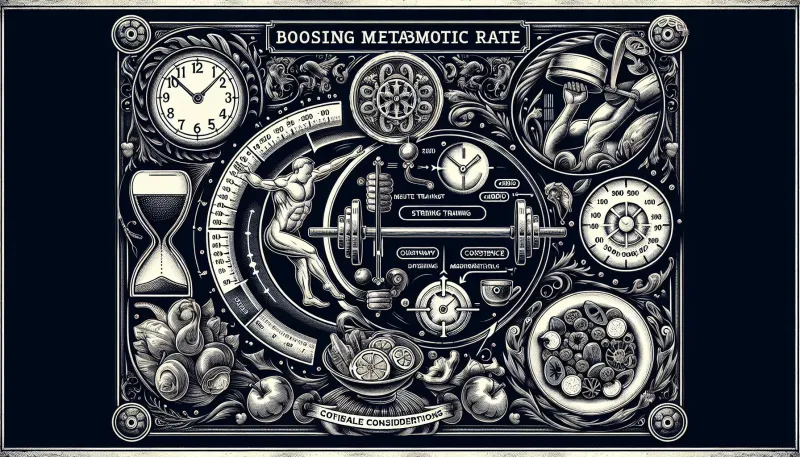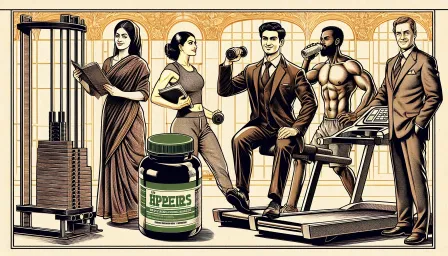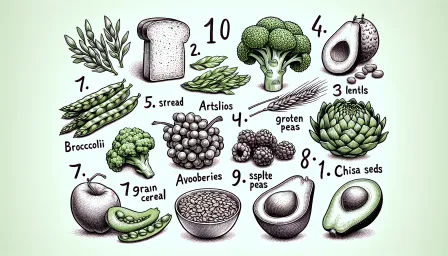Boost Your Metabolic Rate with Effective Exercise: Key Strategies Revealed

Explore effective exercises to boost your metabolic rate. Learn key strategies to enhance your metabolism and improve overall wellness.
Your metabolic rate is a crucial factor in determining how effectively your body burns calories and converts food into energy. By understanding the relationship between metabolic rate and exercise, you can implement strategies to keep your metabolism running smoothly. This article will provide well-researched insights into how you can boost your metabolic rate through effective exercise and achieve lasting health benefits.
Understanding Metabolic Rate
Before diving into exercise strategies, it is important to understand what metabolic rate is. Metabolism refers to all the chemical reactions in your body that keep you alive and functioning. Your basal metabolic rate (BMR) is the number of calories your body needs to maintain basic physiological functions such as breathing, circulation, and cell production while at rest. Enhancing your BMR through exercise can significantly impact your overall health and energy levels.
Why Exercise Boosts Metabolic Rate
Exercise boosts metabolic rate in several ways:
- Increased Muscle Mass: Muscle tissue burns more calories at rest compared to fat tissue. Resistance training helps build muscle, which in turn increases your BMR.
- EPOC (Excess Post-Exercise Oxygen Consumption): After intense exercise, your body uses more oxygen to recover, leading to an increase in calorie burn post-exercise.
- Enhanced Hormonal Response: Exercise positively affects hormones such as adrenaline and thyroid hormones that play a role in regulating metabolism.
Effective Exercise Strategies to Boost Metabolic Rate
1. High-Intensity Interval Training (HIIT)
High-Intensity Interval Training (HIIT) is a powerful regimen that alternates between short bursts of intense exercise and low-intensity recovery periods. HIIT has been shown to significantly increase EPOC, leading to a higher metabolic rate even after the workout. Studies indicate that HIIT can improve fat loss, cardiovascular health, and muscle endurance.
2. Resistance Training
Incorporating resistance training into your exercise routine is essential for building muscle mass. Lifting weights or using resistance bands increases muscle strength and size, which raises your BMR. Additionally, compound exercises such as squats, deadlifts, and bench presses engage multiple muscle groups, providing a more efficient workout.
3. Cardiovascular Exercise
Aerobic activities like running, cycling, swimming, and brisk walking are excellent for boosting your metabolic rate. Cardiovascular exercises increase your heart rate and help burn calories during the activity. To maximize benefits, aim for a mix of moderate and vigorous-intensity cardio sessions each week.
4. Consistency and Variety
Consistency is key to long-term metabolic improvements. Ensure you are exercising regularly for at least 150 minutes of moderate-intensity or 75 minutes of high-intensity exercise weekly. Additionally, varying your workout routines can prevent plateaus and keep your metabolism challenged, balancing HIIT, resistance training, and cardio for optimal results.
5. Active Lifestyle and NEAT (Non-Exercise Activity Thermogenesis)
Incorporating more physical activity into your daily routine beyond structured exercise is beneficial. NEAT includes activities like walking your dog, gardening, cleaning, and taking the stairs instead of the elevator. These activities can significantly contribute to your daily calorie burn and boost your metabolic rate over time.
Nutritional Considerations
While exercise is crucial, nutrition also plays a significant role in supporting your metabolic rate:
- Protein Intake: Consuming adequate protein is essential for muscle repair and growth, which supports a higher BMR.
- Hydration: Staying hydrated is important for metabolic processes and overall health. Dehydration can slow down your metabolic rate.
- Small, Frequent Meals: Eating smaller meals more frequently can help keep your metabolism active throughout the day.
- Avoid Extreme Dieting: Severe caloric restriction can decrease your BMR and lead to muscle loss, counteracting the benefits of exercise.
Monitoring and Adjusting Your Plan
Track your progress and make adjustments as needed. Using fitness trackers or apps can help monitor your workouts, calorie intake, and overall progress. If you hit a plateau, consider altering your exercise routine or seeking advice from a certified fitness professional.
Conclusion
Boosting your metabolic rate through effective exercise involves a combination of high-intensity training, resistance workouts, and regular cardiovascular activities. By maintaining consistency and incorporating a variety of exercises into your routine, along with proper nutritional habits, you can significantly enhance your metabolism. Understanding the relationship between metabolic rate and exercise empowers you to make informed decisions that lead to sustainable health benefits and improved overall wellness.
Remember, the strategies discussed are general recommendations, and individual needs may vary. Consult with a healthcare or fitness professional to tailor a plan suited to your unique goals and circumstances.



























